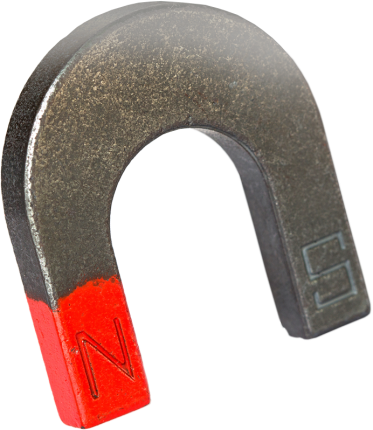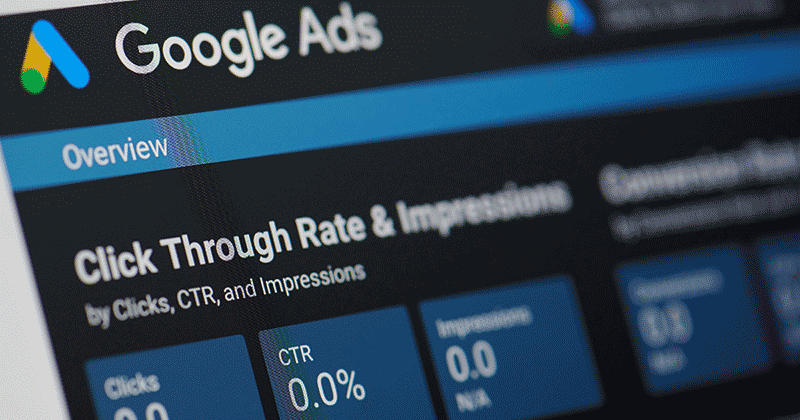Post-Click Marketing: Converting Search Engine Traffic
Whose idea what it to have just a little snack break instead of lunch? I can’t work like this. And by like this I mean covered in chocolate from my delicious ice cream sandwich.
This session the moderator is Anna Maria Virzi (ClickZ) and panelists are Carrie Hill (Blizzard Internet Marketing), Laura Wilson (New England Journal of Medicine), Scott Brinker (ion interactive) and Tom Leung (Google).
Our first speaker is going to be Carrie Hill. She thought she was going to have to bribe us with alcohol to get people to this session instead of SEO secrets. The real secret is knowing that Lisa’s over there liveblogging it; it’s just like being there!
Qualified traffic is the key to good post-click marketing. Buyers know what they want and that’s what they’ll search for. Use segments to deliver language and interface on those pages that will appeal to your shoppers. Use your trigger words. Buyer use words they relate to in their queries. If they use a word in their search, you should use those words on your page in order for them to see relevance. It should show up in the SERP and on the page.
Example: Free shipping– Apple doesn’t have free shipping prominently on their page so it’s easy to over look. Zappos makes it obvious that they have free shipping.
Make sure that your visitors are landing on the right page. The home page is not right for every query. If they’re using a word, give them a page that’s relevant to it. Give your traffic the trigger word that they’re looking for. If they do land on the home page, let them segment themselves.
Carry the message through the segmented path. IF they travel down the ‘free’ trigger word path, repeat that message.
Remember each piece of PCM can lead to more revenue from your site. Many pieces work dependent upon each other. Remember that halfway is only halfway but every little bit helps. Use Web site optimizer, do tests, let the users design their experience through self-selection.
Laura Wilson is going to present a case study on how this worked for the New England Journal of Medicine.
The Five Key Ingredients of Their Success:
1. Know what the audience is looking for
2. Engage and Convert visitors with relevant content and offers
3. Give the visitors a reason to come back to the site: Videos, beta site, free weekly audio summary and more.
4. Deepen relationships with the audiences: newsletters and subscriptions, information about updates to the site.
5. Optimize conversions through testing
Tactics:
1. Navigation links with calls to action: both home page navigation and global navigation
2. Offers on Sign In Pages — offers that are relevant to visitor based on the content they’re trying to reach.
3. Free trial upsell on the registration confirmation page — after registering for the newsletter, they offer them a trial to the online version of the journal.
4. Offer in authentication string message — offers based on level of access.
5. Targeted emails — welcome e-mail series and a “new features” e-mails. Free trial member will also be getting an email series with a countdown on time left.
6. Promotions in Weekly NEJM E-mail table of contents.
7. Banner ads throughout the site
8. A/B testing, multiple tests
Scott Brinker is discussing segmenting. That’s been the big thing this conference that I’ve noticed.
Two Takeaways:
1. To increase conversions have more specific landing pages.
A/B testing — for your respondents, it’s still just one page. You need to understand who your respondents ARE. Some might think that one thing is more important than others. What you need is more than one landing page to reach more than one audience.
2. Self-segmentation after the click
Some keywords won’t give you intent. Have two step landing pages in those cases: “Dinner” — do you mean “hamburger” or “pasta”. You’ll speak differently to small businesses than enterprise level pages. Tailor your second landing page to that self-selected audience.
Don’t ask them to do too much work though or they’ll bounce.
Figure out which ads attract which segment. Then see how well you’re converting those segments.
5 reasons that 2 clicks are better than 1:
- Easy Engagement – makes it easy for them to move forward
- Self Identification – we respond to self-identification cues, more accurate than forms, sets expectation
- More focused content – contextually relevant content sells better
- Signaling – Investment reflects commitment. “If you target me, you much think I’d be a good fit…”
- Market research – which ads attract which segments? Which segments convert best? How do prospects think of themselves?
Last to speak is Tom Leung from Google’s Website Optimizer
In the old days, you just implemented stuff and hoped for the best. Or you listened to the “HiPPO” the highest paid person in the organization. If you were a little more advanced, you’d do a before and after test but that wasn’t that enlightening.
Website Optimizers allows you to test different variations of a page to see which version is most effective at achieving results.
This puts power into the visitors and they’ll tell you what they like best. Sites can be a living laboratory.
[He quickly goes through how to do testing with Website Optimizer.]
The only opinions that matter are the opinions of the people who go to your site.
Don’t assume, make sure that your revisions aren’t going to HURT your site. You have to test with a control. Your interesting idea might not work.
Basic questions:
- Does it look legit?
- Is it intelligible with partial attention?
- Is it simple to convert?
Advanced questions:
- Is it compelling?
- Does it handle top objection elegantly?
- Does it provide all the essential information?
If you’re thinking about outsourcing:
- How many experiments have you run?
- Referrals? — screenshots and contacts
- Can you justify ROI?
- What was the average lift?
- Can they work with your IT department?
- Are they willing to tie their payment to performance? (not required)
- Do they have marketing, proj management?
Ask yourself if it really makes sense to show ads on your landing page. Tell people what you’re about.
He likes the Netflix landing page: It’s clean, legit, informative and not too complex.
Q&A
How do you get buy in?
Laura: We present data and do projections on what the impact could be.
Carrie: We had to do a little bit of free work to show them how to make the lift. Sometimes one test isn’t enough. But once you can show them the difference that a little work does, it’s not that hard to convince them to do more.
Scott: It comes down to two things: Make the argument about conversion rate. Also web site optimization is a huge task. Landing page optimization is smaller and easier.
Tom: Agrees with Scott. Don’t make it a huge plan, just do the simple A/B test and show them the results and the lift. People find it hard to disagree with more conversions for the same money.
How do you use Website Optimizer on your home page?
Tom: Put the goal tags in multiple places and all those are considered conversion OR they’ll do a time on page test and consider that a conversion.
How long should a test run?
Tom: Never shorter than one or two weeks. Have about a 100 conversions per combination.
Is it possible to use optimizer against a segmentation page?
Tom: I’ve seen people run tests where A is the regular landing page and B is the segmentation page.
Scott: It’s hard to answer that without sounding like a sales pitch but yeah, that’s what our tools do. It’s possible to do even with just a simple test. You can at least take a first step in that direction.
[Skipping an asked and answered question and a very specific question.]
[I don’t know what his questions was but he said statistically relevance about ten times. I think it involved math. Tom’s answer was all complicated and technical too. I’m sorry, I can’t even begin to interpret. HOWEVER: Green = high confidence, Yellow: mid level confidence, Red = low confidence loser]
How do I test on low volume keywords?
Tom: Keep it simple. Just do an A/B test. Also, change your conversion metric. Make it time on page instead, so that you can take that as a leading indicator to conversion.
Scott: There’s nothing wrong with A/B testing. It works.
Carrie: Don’t get sucked into the idea that a conversion is ‘they bought something’. It can be moving to the next step. You’re testing a path sometimes.
Tom: I’d agree about the power of A/B testing. At the end of the day, people get the best results from very small tests. Small tests make you focus. Multivariate tests can make you lose your focus.

LEAVE A REPLY









